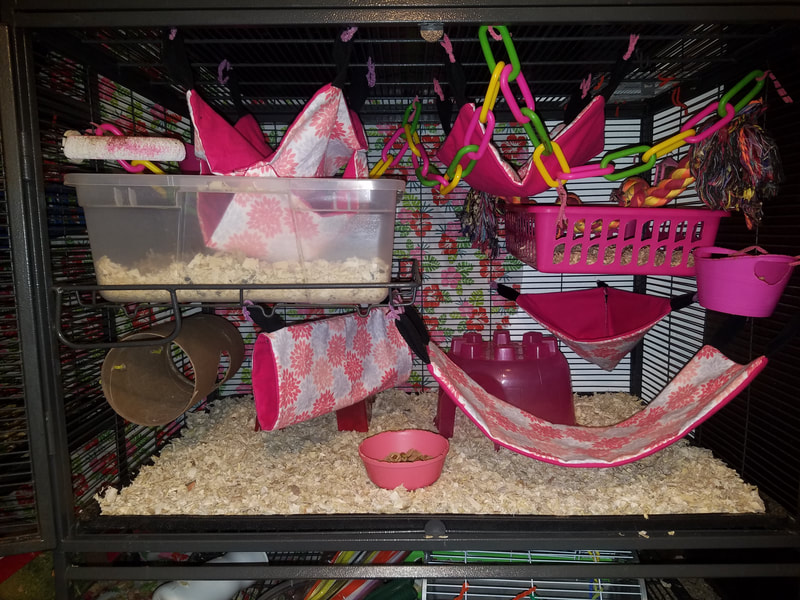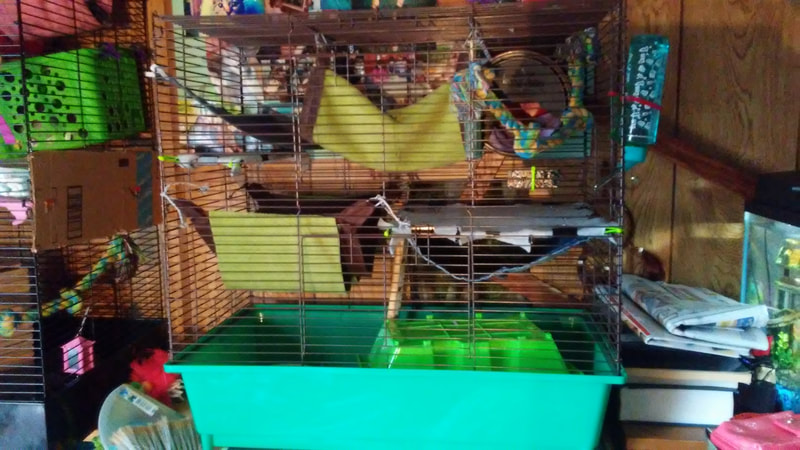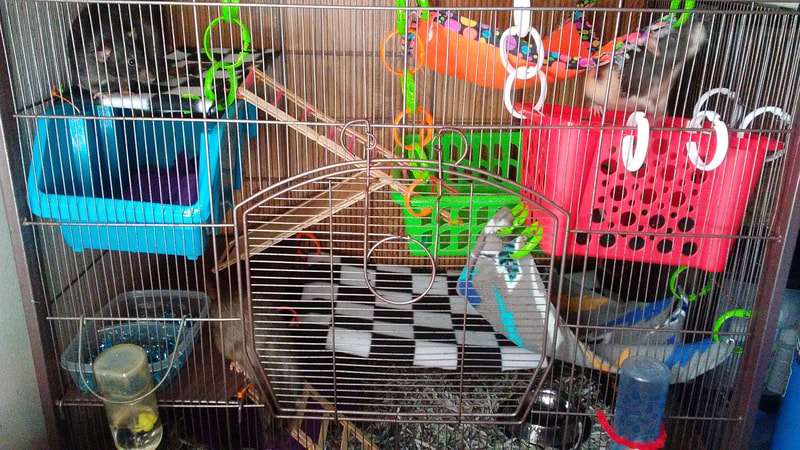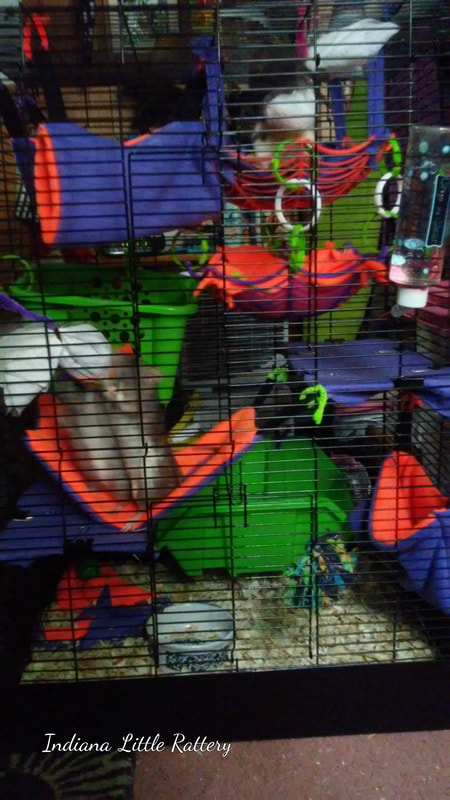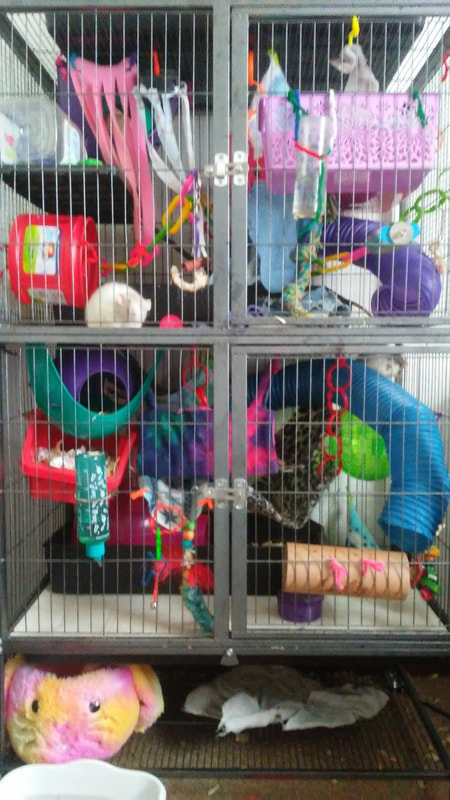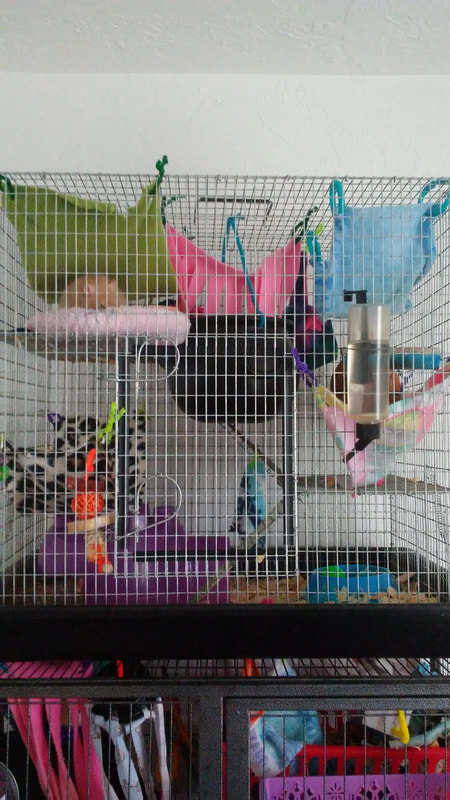Rat Care/Tips & Tricks
This is a collection of information I have gathered from experience or research. Some of the methods are my opinion, and I am open to other suggestions. If you know something you think would be a good addition, feel free to let me know! I love finding ways to improve, and I love helping people. That's what this page is designed for! Feel free to ask about anything you see posted here.
Here are some articles I participated in that goes over some great recommendations for people new to ratties!
https://www.thepetsavvy.com/rat-breeder-tips/
https://www.thepetsavvy.com/rat-breeder-cage-setup/
Here are some articles I participated in that goes over some great recommendations for people new to ratties!
https://www.thepetsavvy.com/rat-breeder-tips/
https://www.thepetsavvy.com/rat-breeder-cage-setup/
